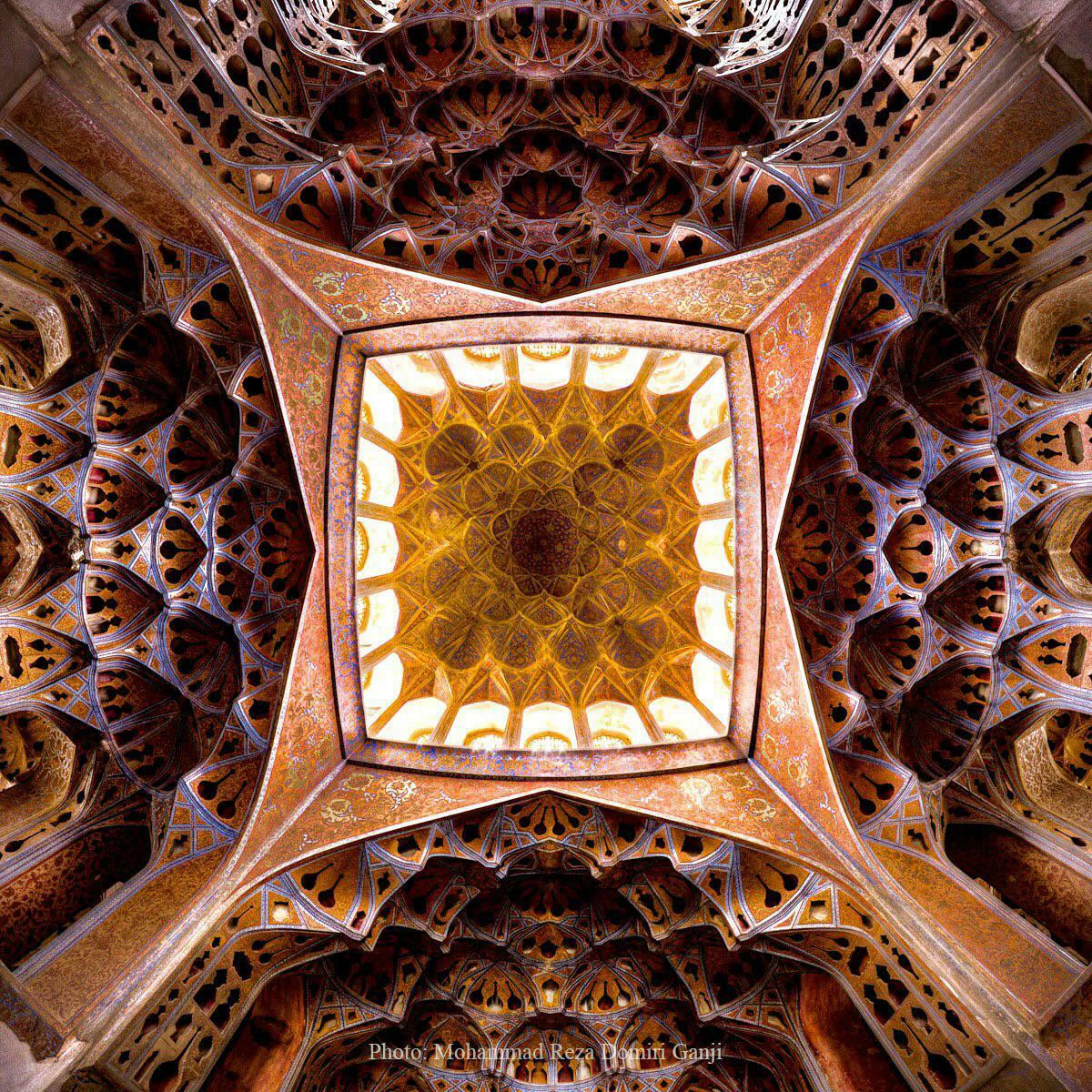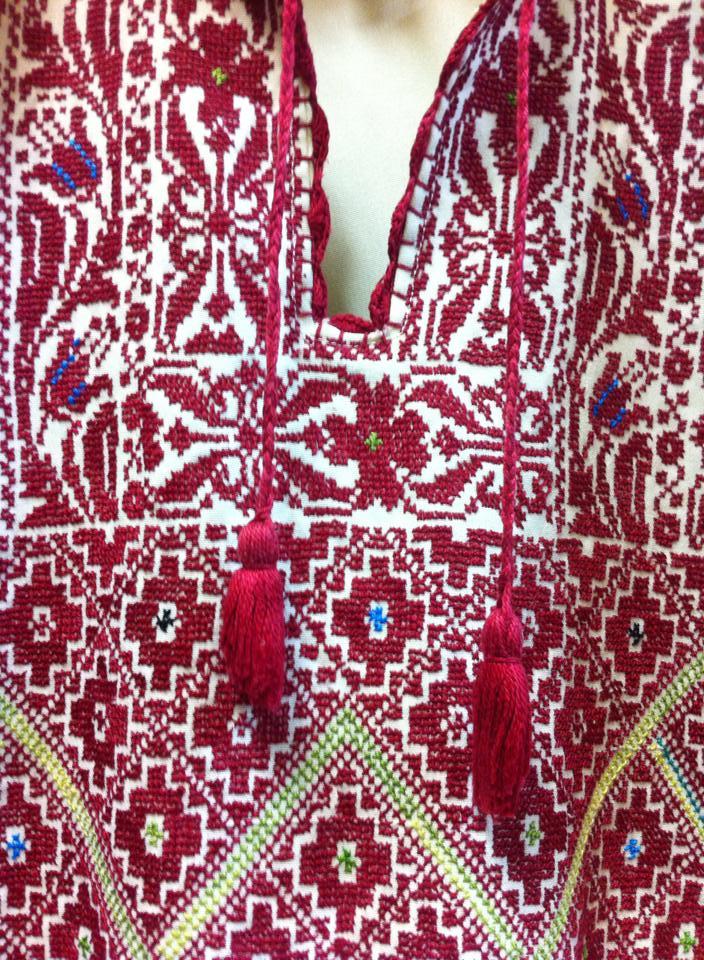
Masterpiece of Iranian architecture: 17th century ceiling of the Music Hall within Ali Qapu Palace, Isfahan Iran. The ceiling, decorated with muqarnas, has a double walled design featuring acoustic niches to absorb echoes, allowing audiences to hear the musicians clearly without distortion.
The hall was used by the musicians when a European guy in 18th century was invited by the king to capture the music with his vax recording device to capture and "burn" the songs on a large collection of vax cylinders.
The recordings surfaced about 30 years ago but they said that they were bought by a private buyer who outbid the Iranian national heritage representative by 300%. The story died out ever since, but it was referred to "sedaye soukhte" (the burned sounds) collection in various circles inside and outside Iran.
There is no way of finding any clear or reliable source about the story to verify it's authenticity. It might have just been one of those urban legends or con-men stories.
The place is absolutely mind blowing, every section of it is unique and beautifully crafted and adapted to the curves of the arches and different angels. I remember the first time I visited the place when I was 12 or 13, I pend over an hour with my foldable binoculars trying to identify each piece and count how many they were. I had headache the whole afternoon after that.
I repeated the same just a few months before I left Iran but that time with a much better set of binoculars and with 2 other friends who were as crazy as I was about the architecture.
I wish to go back one day and show it to my kids.
#Iran #Architecture #Music #Acoustic #Isfahan #Recording #History #Culture #Heritage





